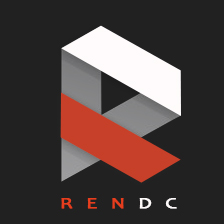How do you create effective wireframes?
- Do they talk about consistency, simplicity, elegance, delightfulness, efficiency, proficiency, productivity and other principals?
- Do they talk about the audience?
- Do they talk about appropriate level of detail – visual, widgets, controls, instructions, interactions, etc?
- Do they talk about whether it should be a story versus site map or catalog?
- Do they talk about neatness, attention to detail and presentation?
- Do they talk about how to prepare and deliver them?
What elements make for a good design concept to include in a project?
- Do they understand what design concept is?
- Do they talk about reusability, consistency, flexibility, or accessibility?
- Do they talk about information architecture, patterns?
How would you approach simplifying the display of complex information?
- Do they talk about tradeoffs between information displayed and interactions to reach a conclusion?
- Do they talk breaking up the display of information into understandable pieces?
- Do they have a strategy for helping the user navigate the information space?
- Do the talk about reusability, consistency, flexibility, accessibility?
What are the elements of a usable and useful user experience?
- Do they talk about a distinction between different designer roles?
- Do they focus on experiences versus interactions and elements?
- Do they mention related design directions like persuasive design, service design, or responsive design?
- Do they talk about physical objects, environments, or sounds versus mentioning clicks and buttons?
How do you use design principles?
- Do they talk about a distinction between different designer roles?
What considerations do make for designing for the enterprise vs consumer environments?
- Do they talk about the difference between As Designed and As Deployed?
- Do they talk about the difference between customer (buyers, managers) and users (role using software)?
- Do they about frameworks, platforms, consistency or other needs?
- Do they talk about learnability vs efficiency or other trade-offs where business objectives are more important than desirability?
How do you work in an Agile environment?
- Do they talk about the need for strategic design - through means such as Sprint 0?
- Do they talk about making sure that user stories are user and not functionally focused?
- Do they talk about the time needed to coordinate for for meaningful usability?


